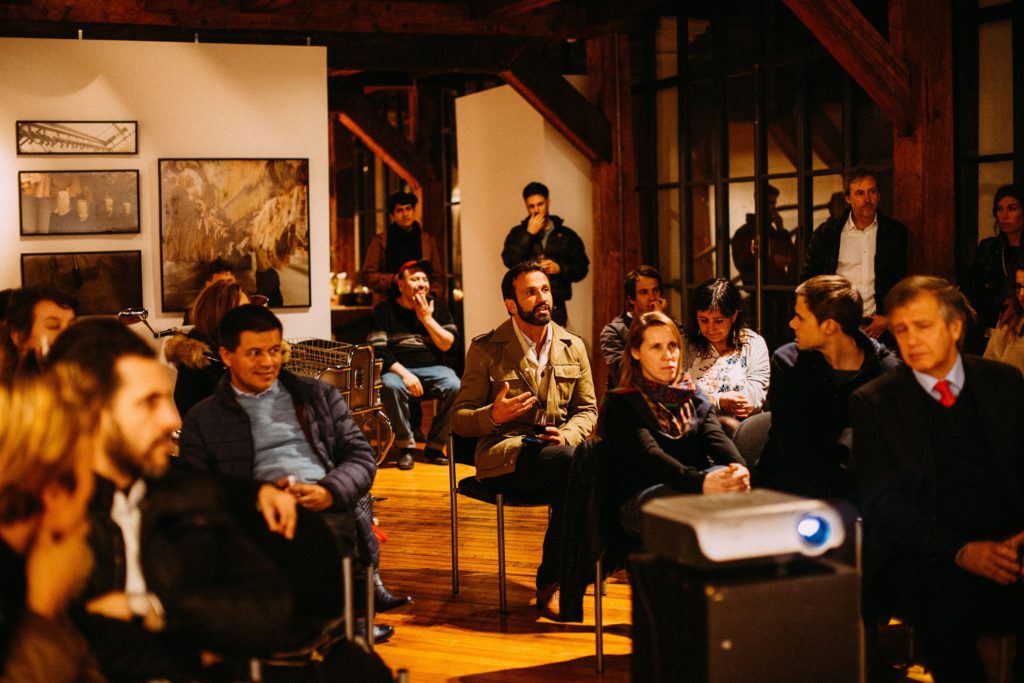Oh no, it’s “pin-up” time!! This is the point in your project where you will receive valuable feedback from your professors, peers, and even visiting professionals! I’m sure many of you can relate to endless nights in the studio leading up to your presentation. However, by the time you present, your fatigue may cause you to lose a valuable opportunity to grow as a designer. Whether you are a seasoned design student or a baby, learning how to prepare for and process a critique is crucial to developing a stronger sense of design awareness.
So, let’s talk about ways to leverage critiques before and after your presentation effectively, so your projects can develop into a stronger architectural concept. I know it can be soul-crushing when the countless hours you’ve spent working on your project may not be received well, but it’s important to understand that architecture is subjective, and crits are meant to facilitate discussions. They are the best opportunities to solicit unbiased and honest feedback that can ultimately improve your work!
Be Prepared
Deadlines creep up on us fast, and more often than not, our presentations are haphazardly thrown together at the last minute, leaving no time to think about what we want to say. When we cannot communicate our ideas clearly, it’s difficult for people to provide feedback, and this valuable opportunity is wasted. Therefore, when you deliver a strong and well-thought-out presentation, you’ll receive more constructive critiques to develop your concept.
We recommend two exercises; first, make a check-list of topics about your project to discuss and/or present with the audience, and second, have mock presentations.
Having mock presentations with a peer will help you practice explaining your concept, develop a rhythm, and prepare materials beforehand, so your pin-up becomes more productive. In preparation, you might also want to consider how to engage your audience too. In most cases, the jury could be sitting through hours of crits, so you’d want to re-engage them to be more proactive during your presentation.
Here are additional elements that you can consider to physically engage viewers and provide more feedback!
- Place a bigger model of your project in the center, so the audience can walk around and view it 360-degrees.
- Sturdy Interactive models that can be passed around
- Large site models
- Food, herbs, interactive elements to stimulate the senses and help the audience experience your proposal.
Concept Alignment
An important element of a pin-up is determining whether the concept you present is accurately portrayed by what’s on the wall, floor, or the space showcasing your architectural concept. Your brain makes conscious and unconscious decisions that are explicitly shown when presenting, and viewers may see a disconnect. Take the time to understand what element(s) of your project need development for others to reach the same understanding as you.
Looking back, I excelled at presenting an architectural concept but lacked the visual support that gave credibility to my claims, which is fine during my studies. However, it was a “type” of practice for the professional world. For example, a client can fall in love with a narrative, but they may not have the ability to envision it, making it crucial to have visuals that correlate with what you present.
Note Taker!
A great way to maximize and track critiques received during a presentation is to have a friend be the note taker and vice-versa. This alleviates the mental juggling your brain does, so both you and your friend can prioritize delivering your project and be rooted while receiving critiques.
Once your presentation is over, collect your friend’s notes, and process them after everyone has finished presenting. Hopefully, your peer takes detailed notes highlighting different observations made by others, so you can consolidate what seems to be a problem area for your project. Looking into someone else’s notes also gives you a hint of what stuck out during the presentation and others that didn’t. It’ll help you fine-tune your future presentations so that you can emphasize the right places.
Attending Other Pin-Ups
Attending other peers’ presentations helps you become a better designer through understanding their design decisions, whether they be good or bad. This observation method develops a better sense of design-thinking by being aware of other solutions that could inevitably develop your own concept. Being on the other side of a crit is just as useful to you as the presenter! Tuning in to your peers’ process will allow you to see the given project brief from different perspectives and learn from their mistakes. You could go further by taking the critiques they received and comparing them to your project to see any similar weak points in your concept.
At the end of the day, I know a project can be your child, but there’s no need to be defensive! Make sure to understand the intent behind someone’s critique because they are only viewing what they see while offering objective comments. If you’re confused about the comments received, make sure to ask questions for clarification. Pin-ups shouldn’t be treated as an obstacle or challenge you want to fly through; instead, it’s about learning from your jury and using that to develop your architecture knowledge. We hope you enjoy this article discussing techniques on how to leverage presentations to your advantage.
Sharing is caring! We hope to provide you with valuable insights and share them with someone who might find this useful. Make sure to follow our Youtube and Instagram for more content!
